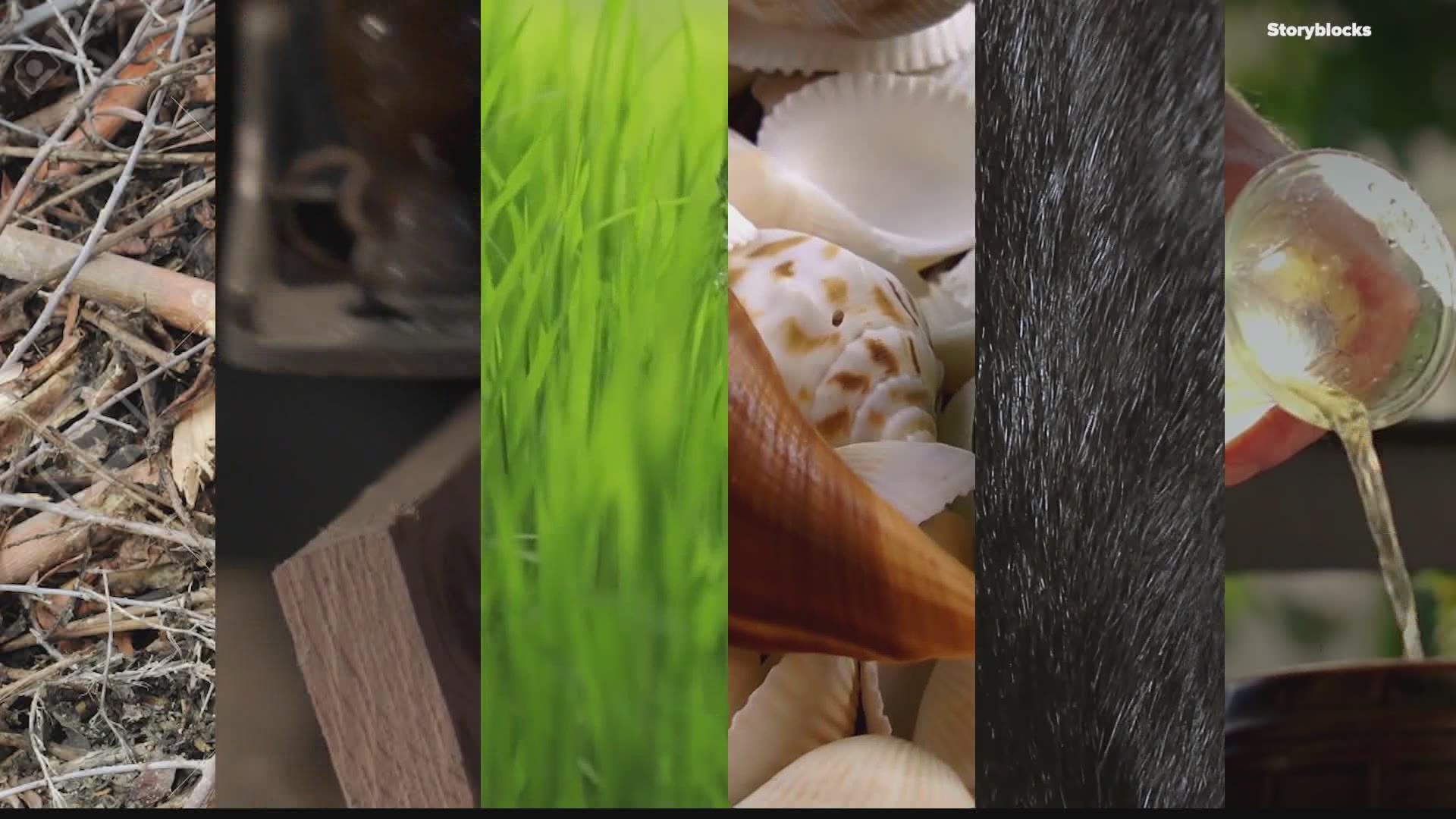Toilet Paper is something that can easily be taken for granted.
It's inexpensive, produced in bulk, and is so common that most people don't even think about where it comes from.The COVID-19 pandemic has thrust trusty TP into the spotlight, as people flock to grocery stores to buy it in bulk.
This is not necessary, as the supply of toilet paper is steady and secure, but it does bring up the question, what did people do before toilet paper?
From the very beginning of humanity, people have been "going to the bathroom" and using whatever they could find to clean themselves. For most, sticks, wood shavings, grasses, sea shells, animal pelts, and water (or any combination of the above) were the order of the day. In ancient Rome, many people would use publicly shared sponges on a stick which would be cleaned with vinegar after use. The wealthiest members of society around the world would use cloth, hemp or lace to clean themselves.
The earliest forms of toilet paper were used in China starting around 650 AD. The Chinese Imperial court would develop and fine tune TP over the next several hundred years, even perfuming it to hide any scent. But TP wouldn't be commercially available until 1857, when American businessman Joseph Gayetty began selling stacks of "medicated paper" with aloe.
Several years later, the first rolls of toilet paper were produced, sold exclusively to hotels and high end drugstores.You don't have to look far back in American history to find relatives that probably grew up without tp. In the 1920's and 30s, many American's did not use it. It was still being sold as a medicinal item, far too expensive for the average person to use consistently.
Many Americans still used newspapers and magazines. The Sears catalog had a hole in the top that could be used to hang it from a nail in the family outhouse. It was during the depression that the Hoberg paper company would launch an economical 4 pack of soft toilet paper. One employee commented that their product was "charming." Liking that wording, the company soon changed its name to Charmin.
And thus the dawn of modern day, inexpensive and readily available toilet paper began.
IN OTHER NEWS:

